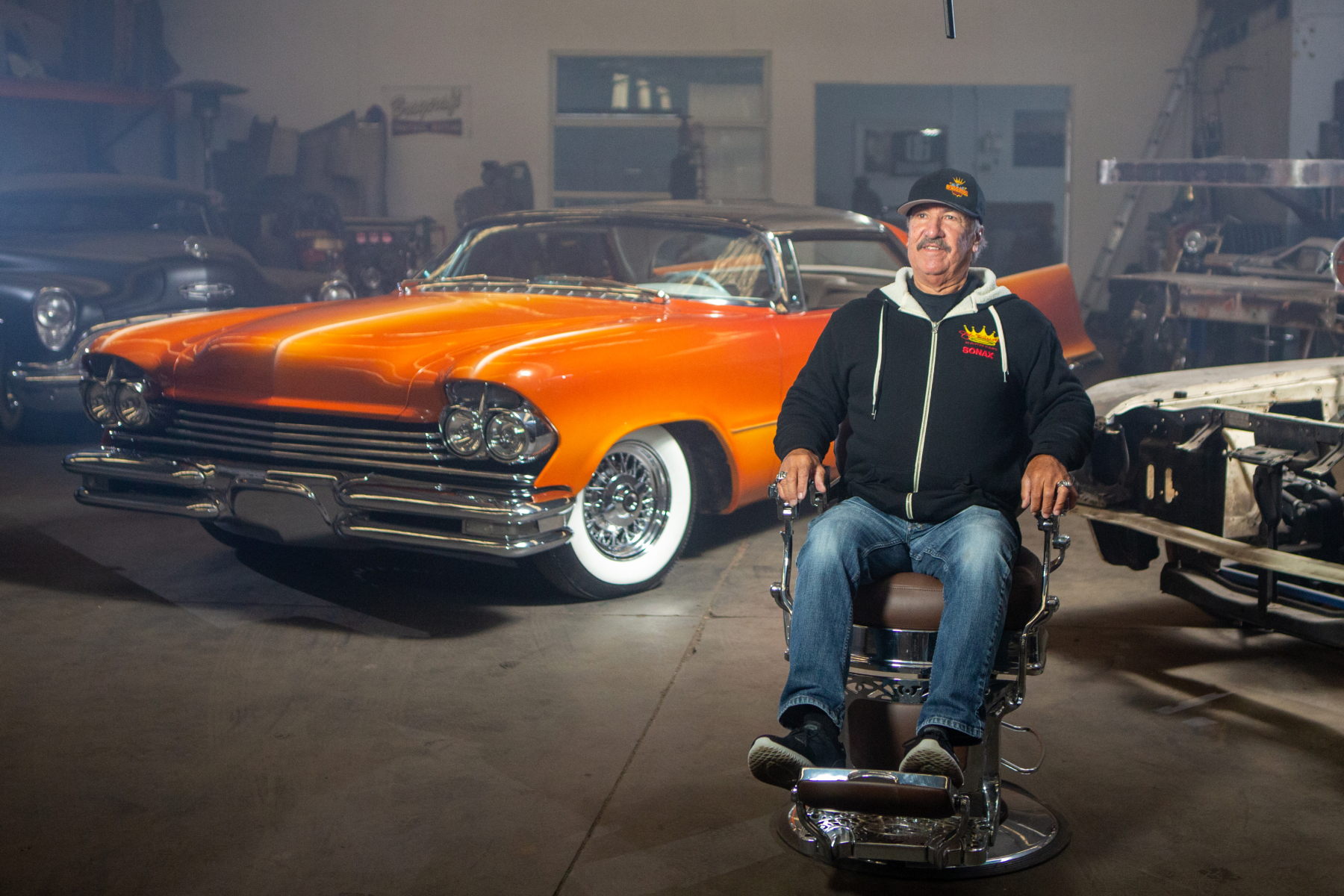

Australia is about to embark on one of the steepest exposures to new technology ever recorded.
Most of the world’s carmakers will within ten years be selling more electric and hybrid vehicles than petrol models. Several prominent brands like Jaguar and Mini will produce nothing but EVs after 2025, yet locally we are only on the cusp of accepting power units that don’t require hydrocarbons.
Look back 100 years or more and that wasn’t the case. Loads of personal transportation was powered energy sources other than petrol – or gasoline as it was known– and Australians were happy to be seen perched atop any of them. We even made innovative vehicles here.
Steam-power had existed for more than a century prior to the motor vehicle becoming popular. Early ones were grimy, cumbersome, and intended to haul heavy loads but no one was surprised when various manufacturers started fuelling their passenger conveyances with coke and wood.
Europe led the way in development but it was Stanley in the USA that made steam cars fast, powerful and profitable. One held the Land Speed Record for steam powered vehicles (204km/h) for over 100 years.
In 19th Century Australia, David Shearer built a steam-driven carriage with seating for eight people which he demonstrated in 1899 but didn’t put into production.
Seventy of so years later, another local inventor devised his own steam-powered vehicle; the futuristic and utterly gorgeous Gvang. It was said to develop 300kW from a twin-piston steam engine mounted above the rear wheels and reportedly still exists.
Electric vehicles were and will be again the cleanest and most practical alternative to internal combustion engines and for a while they looked like becoming dominant.
Credit for the first viable electric vehicle is given to UK inventor Thomas Parker, who displayed his prototype in 1884. That was two years before Karl Benz and his trike. Among a range of achievements, Parker also brought electrification to the London underground, but he was not the only pioneer of electrically powered transport.
Credit must also be heaped on French visionary Gaston Plante for his rechargeable lead-acid battery and various other engineers whose work dated back to the 1820s.
By the 1890s, manufacturers on both sides of the Atlantic were building more viable and sophisticated models, and no one did it better than Belgian Camille Jenatzy. He in 1899 built a torpedo on wheels, with twin 25kW electric motors, and became the first human to drive a motorcar at more than 100km/h.
The United States literally went crazy for electric vehicles and by 1912 when annual automobile sales had reached 350,000 – 78,000 of them Fords – almost 40,000 were electrically powered.
Many were cabs or delivery vans which travelled short distances on city streets and could be recharged overnight. Other models including the Studebaker and Detroit Electric were elaborate carriages aimed at wealthy buyers who disliked the noise and smell of a gasoline engine.
Once self-starting cars became commonplace, demand for electric vehicles dwindled to nothing. Interest resurfaced during the 1940s when wartime fuel rationing took effect, then in the 1950s due to a blockade of the Suez Canal which affected supplies of oil.
In Britain, milk delivery floats were traditionally electric; gliding along early morning avenues accompanied only by the sound of foil-sealed bottles rattling in their crates.
Finding an electric car during the late 20th Century was very hard and not helped by General Motors’ decision to suddenly abandon its very promising Chevvy Volt.
Today though, Europe has very much adopted the electric vehicle and in countries such as Norway and the Netherlands they outsell petrol and diesel models. China is also becoming a major market for plug-in transportation.
Australia with our huge distances and limited access to recharging points will take time to adopt EV technology. However, it is inevitable since we no longer have the means to produce our own cars that anyone buying a new passenger vehicle after 2030 will have little choice but to go electric.
Early adopters who already have an EV and use it for short runs over minimal distances have a good friend in Enthusiast Insurance. With premiums structured to benefit those who don’t travel far, Enthusiast is a logical choice for anyone who has gone electric or is considering one for the future.
To compare Enthusiast’s rates and coverage log into www.enthusiast.com.au and select Quick Quote.

